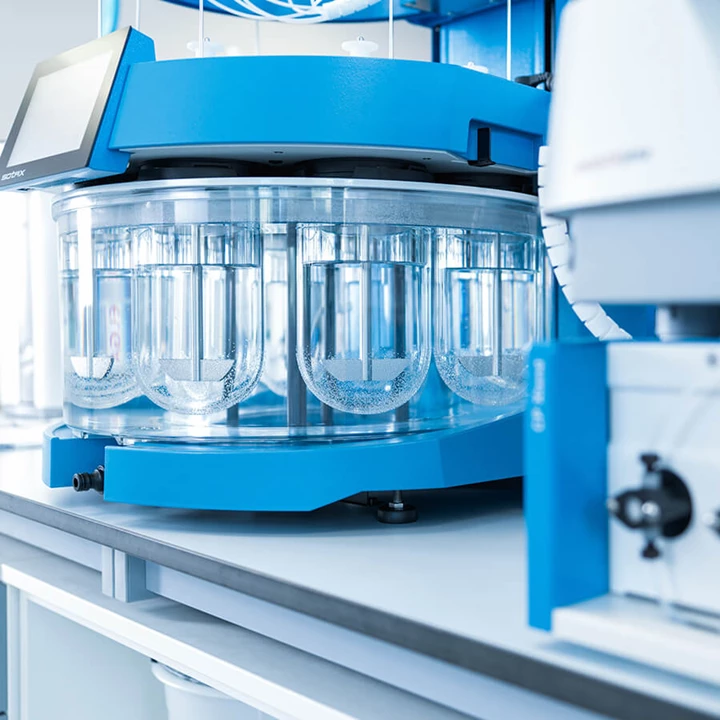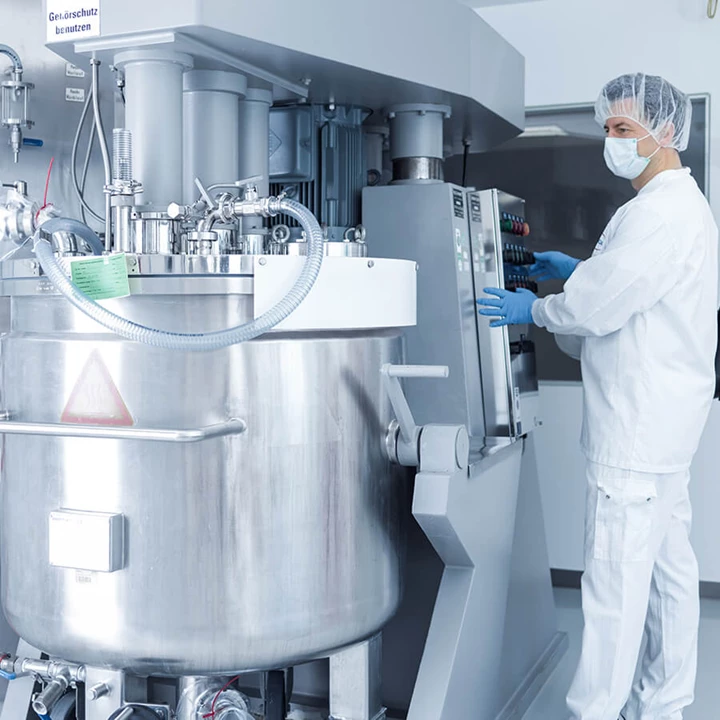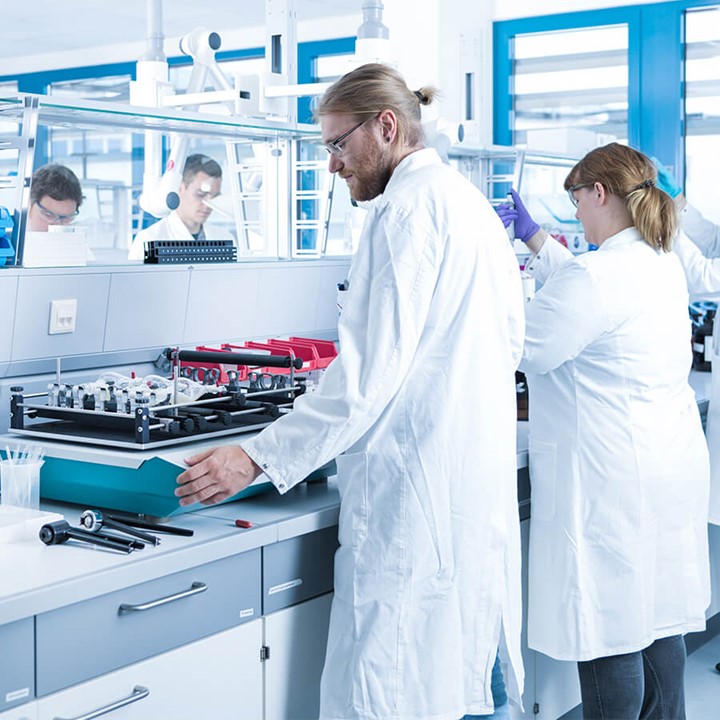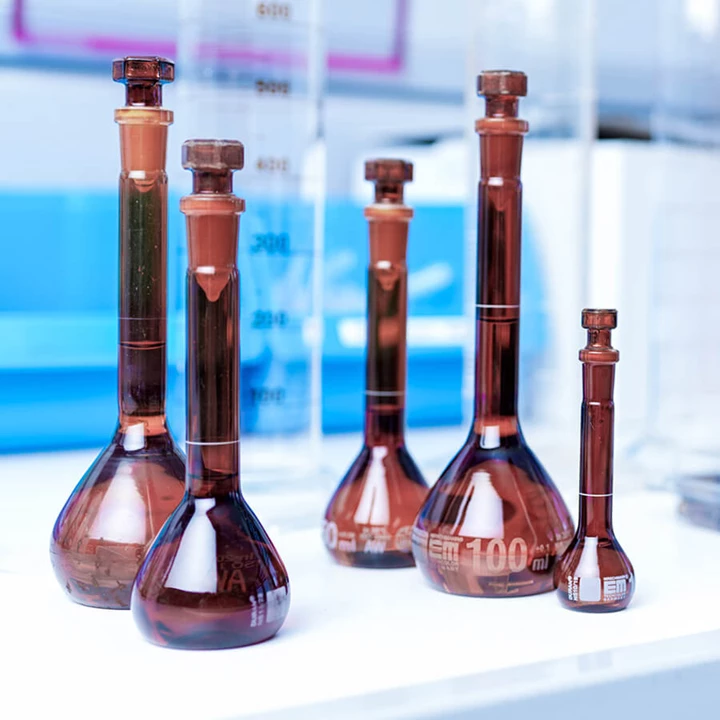Select your country
Websites worldwide
Select a country to go to the website of the respective STADA sales company.
Australia (1)
Austria (1)
Belarus (1)
Belgium (1)
Bosnia-Herzegovina (1)
Bulgaria (1)
China (1)
Croatia (1)
Czech Republic (2)
Denmark (1)
France (1)
Hungary (1)
Ireland (1)
Italy (1)
Montenegro (1)
Netherlands (2)
Poland (1)
Portugal (1)
Romania (1)
Saudi Arabia (1)
Serbia (1)
Slovakia (1)
Slovenia (1)
Spain (1)
Switzerland (1)
Thailand (1)
The Phillippines (1)
United Kingdom (3)
Vietnam (2)
Quality at STADA
Quality and responsibility towards all those who use our products and services is a fundamental component of our corporate strategy. We thereby take account of the great significance of quality in product safety in the health care market. Overall we align the quality policy throughout the Group to meet criteria that at least fulfill the strict legal requirements for pharmaceutical and health care products.
Assessing the risks of newly arising, previously unknown side effects of active ingredients also plays an important role in the quality of pharmaceutical products. This risk remains low for most of our products as only long-standing and researched active pharmaceutical ingredients are generally used. Of course, we have nevertheless implemented within our operations all the standard graduated plan proceedings for recording or detecting such pharmaceutical product risks throughout the Group.

Commodities
The most important initial controlling starts with the commodities used.
All of the active pharmaceutical ingredients and auxiliary materials used in the production of our products are procured from prestigious commodities suppliers. Samples are tested according to valid and scientifically recognized test methods in the quality control laboratory of the manufacturer.
The following factors of quality are checked as part of commodity controlling:
- Identity
The identity test ensures the correct identity of a pharmaceutical ingredient in a pharmaceutical product. It is important for the use of the correct active ingredient in production and to avoid any mix up. - Content
The content test ensures that the commodity used conforms to determined tolerances of the indicated content. This is important for the calculation of the original sample weight in production. - Purity
This test ensures that the commodities used conform to legal requirements for purity. For example, they may not contain prohibited amounts of by-products of synthesis, heavy metals or organic solvent residue. Microbiological purity controlling also ensures quality. - Additional tests
Certain tests that are not prescribed by pharmacopoeia are, in part, necessary. These, for example, include testing the particle size of active ingredients with low water solubility. This is specified in the development of the pharmaceutical product and ensures the constant release of active ingredients and therefore the constant bioavailabity of the finished pharmaceutical product.
We only make use of commodities that have been approved following inspections of incoming goods and quality controls for the production of our pharmaceutical products.

In Process Control
During production, continuous in-process controlling is carried out and documented in order to maintain all the parameters that are important for production. These include the testing of the residual moisture of tablet granules, the tablet weight and the physical properties of dosage forms, etc.

Control Finished Drugs
Every batch produced undergoes an extensive final inspection. This ensures that our products achieve the necessary level of pharmaceutical quality.
Every batch is tested for the following:
- Identity
The identity inspection serves to confirm the correct active pharmaceutical ingredients were used and that there was no cross-contamination. - Active ingredient content
This inspection documents whether the amount of the active ingredient in the medicine matches the amount declared which ensures that the patients receive the intended amount of the active substance. - Purity
The purity test serves, for example, to prove that no active ingredient was substituted during production. Furthermore, solid dosage forms, ointments and solutions are tested for microbiological purity via colony counting and inspections to ensure the absence of pathogenic germs, yeast and mold. Solutions for injection are inspected for sterility and, if necessary, for the absence of pyrogens (i.e. free of fever-inducing impurities). - Physical inspections
Depending on the dosage form, important physical properties are checked, such as for:
- Tablets, capsules
Appearance, uniformity of the mass, hardness (tablets), dissolve time. The release of active ingredients is also tested because the release of the active ingredient is a decisive factor in the bioavailability of many medicines.
- Ointments, gels
Appearance, homogeneous dispersion of the active ingredient, viscosity, pH.
- Solutions for injection
Clarity and color of the solution, pH, density, osmotic concentration, suspended solids. Finished pharmaceutical product controlling

Assembly and Batch Conformity
At the end of the process, the finished pharmaceutical product is packaged in collapsible boxes with user information for patients. Targeted in-process reviews ensure that there are no mix-ups of products, package inserts or packaging materials.
Analytical testing starting with raw materials all the way through to the finished pharmaceutical product guarantees that only error-free pharmaceutical products will reach the market. It is crucial that every product maintains the same level of pharmaceutical quality from batch to batch (batch conformity).


